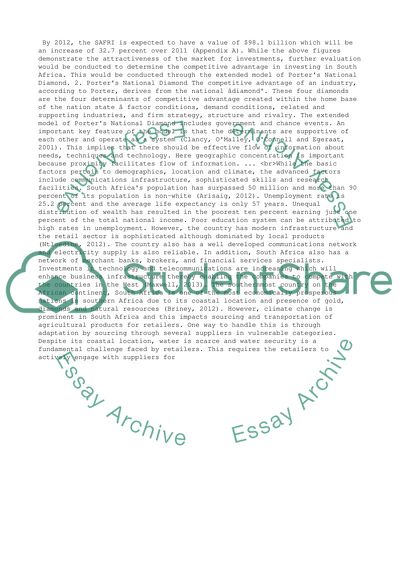Cite this document
(“Competitiveness and investment attractiveness of the South African Essay”, n.d.)
Retrieved from https://studentshare.org/business/1403710-global-international-business-contexts
Retrieved from https://studentshare.org/business/1403710-global-international-business-contexts
(Competitiveness and Investment Attractiveness of the South African Essay)
https://studentshare.org/business/1403710-global-international-business-contexts.
https://studentshare.org/business/1403710-global-international-business-contexts.
“Competitiveness and Investment Attractiveness of the South African Essay”, n.d. https://studentshare.org/business/1403710-global-international-business-contexts.


